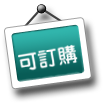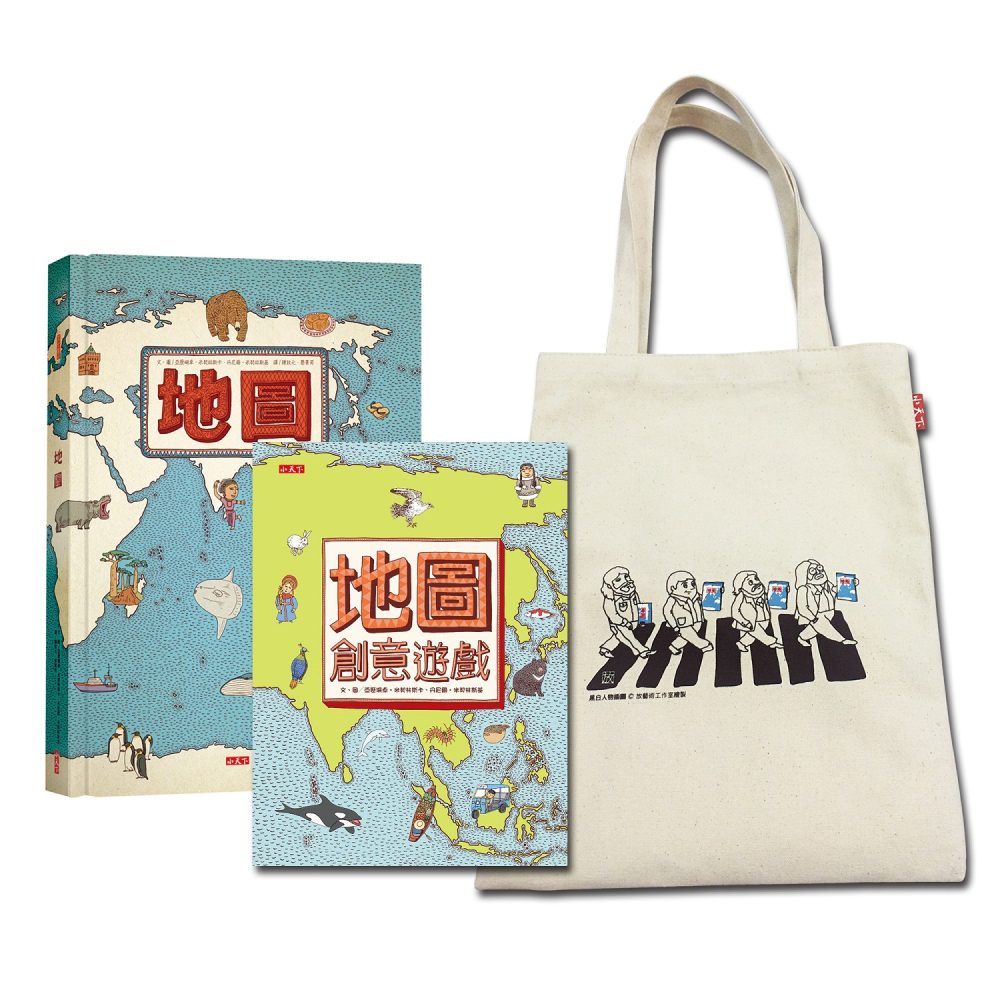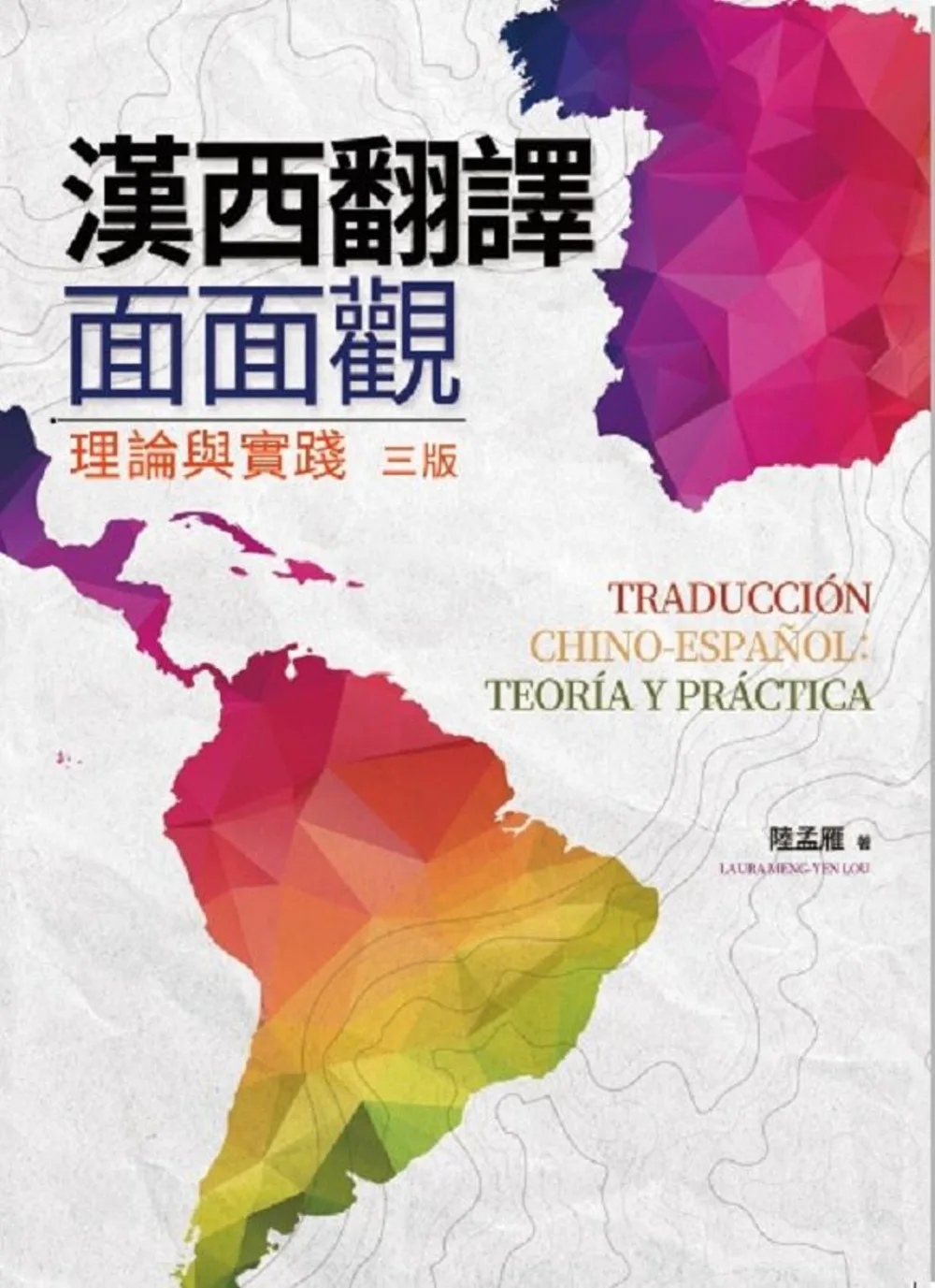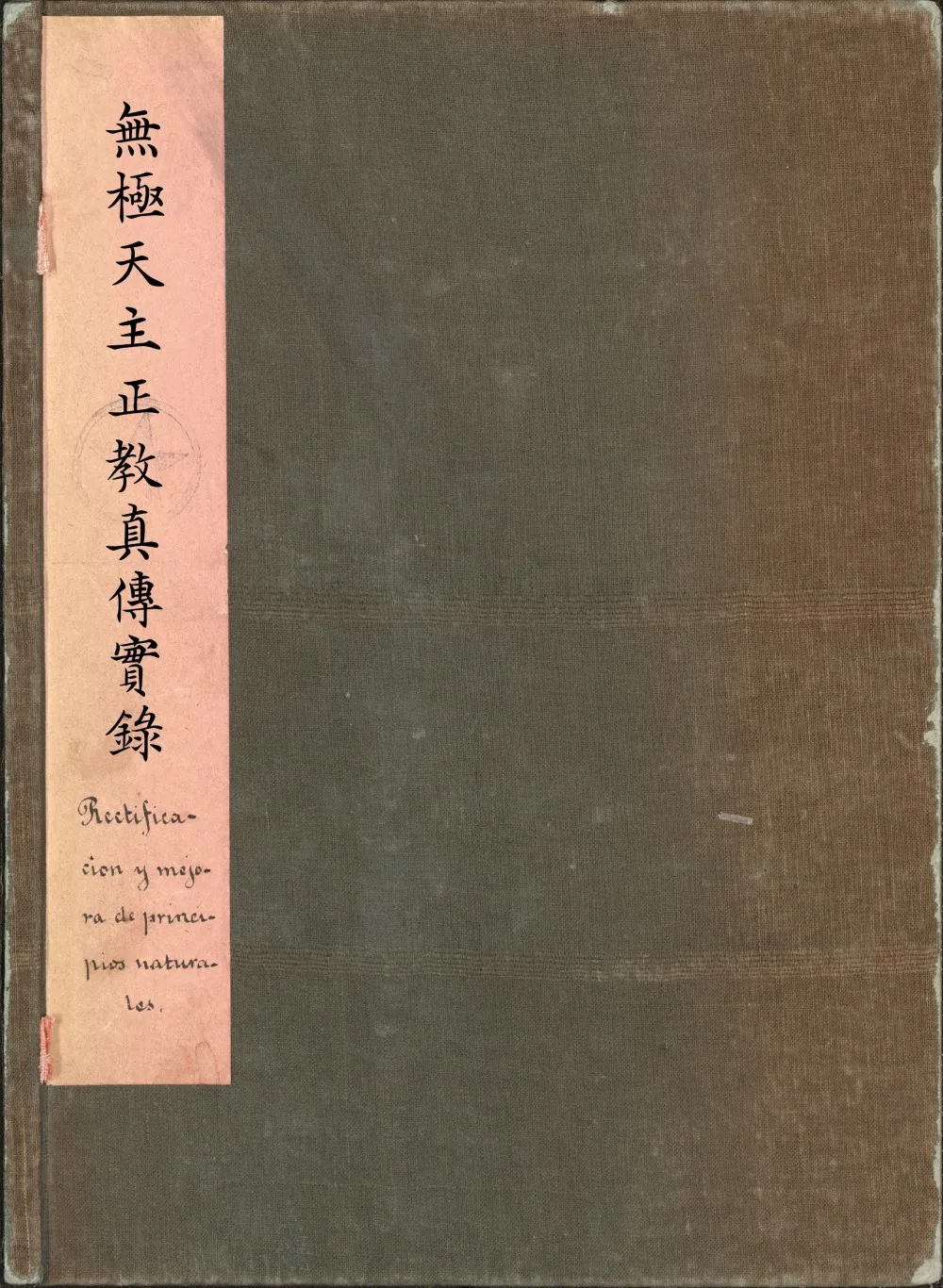- 定價650.00元
-
8
折優惠:HK$520

|
|
|
|
閩南—西班牙文獻叢刊三:明心寶鑑
|
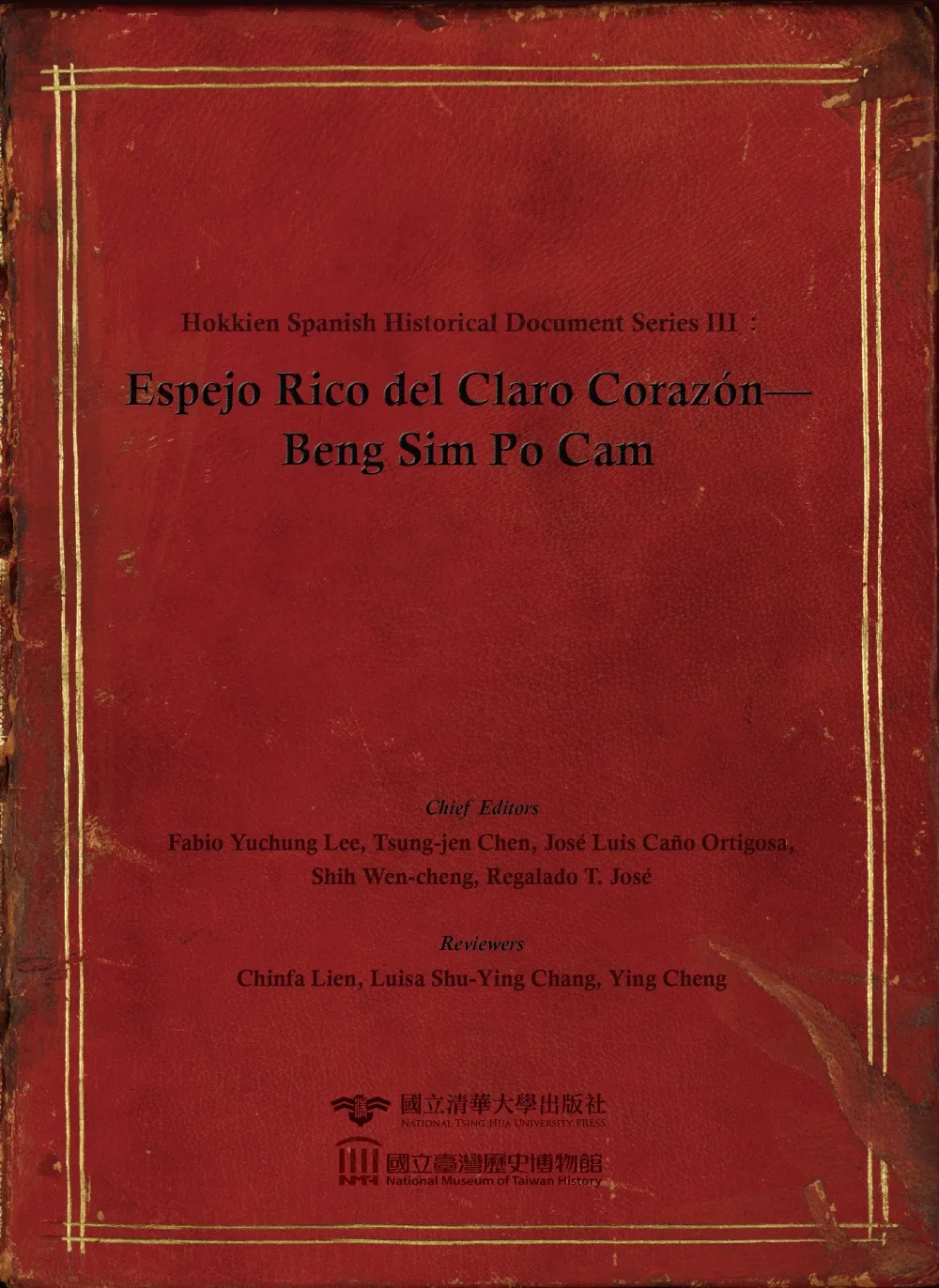
|

沒有庫存
訂購需時10-14天
|
|
|
|

|
|
9789866116971 | |
|

|
|
| |
|

|
|
清華大學 | |
|

|
|
2021年12月31日
| |
|

|
|
400.00 元
| |
|

|
|
HK$ 340
|
|
|
|
|

| |
|
|
|
|
| |
|
|
詳
細
資
料
|
ISBN:9789866116971規格:軟精裝 / 352頁 / 17 x 23 x 1.8 cm / 普通級 / 全彩印刷 / 初版出版地:台灣
|
|
分
類
|
專業/教科書/政府出版品 > 外國語文類 > 第二外語 > |
同
類
書
推
薦
|
|
|
內
容
簡
介
|
《明心寶鑑》抄譯本收藏於西班牙馬德里國家圖書館,此書是十四世紀以來流行於東亞各地的書籍,為童蒙用書與善書,內容抄撮各種書籍中的嘉言警語,作為修身、行世之用。十六世紀下半葉閩南人至馬尼拉經商、住居,亦將此類日用書籍帶至馬尼拉。《明心寶鑑》抄譯本由西班牙道明會傳教士嗃呣??(Juan Cobo)與馬尼拉唐人合作抄譯,約完成於1590年前後,具體呈現大航海時代閩南人與西班牙語世界的交流過程與成果,為人類「世界記憶」(Memory of the World)的重要資產。
?
The translated transcription of the Beng Sim Po Cam was a collection of the Biblioteca Nacional de Espana in Madrid. A popular book that had been circulating in East Asia since the fourteenth century, it was used for childrens enlightenment and moral guidance. It collected proverbs and warnings from various texts which were meant to cultivate moral character and advise on choices in life. When Hokkien people arrived in Manila in late sixteenth century for trade and settlement, they also brought books of daily use like this one to Manila. The translated transcription of the Beng Sim Po Cam was transcribed by Spanish Dominican missionary Juan Cobo with help from Chinese in Manila. It was completed around 1590, and it definitely presented the process and achievements of Hokkien-Spanish interaction during the Age of Discovery. It is also an important and precious asset of "Memory of the World" for the mankind.
|
|
目
錄
|
Foreword by Lung-chih Chang, Director of National Museum of Taiwan History
|
|
序
|
《閩南─西班牙歷史文獻叢刊三》編者導讀
李毓中、陳宗仁、Jose Luis Cano Ortigosa、吳昕泉
?
隨著西班牙人1565 年在宿霧、1571 年在馬尼拉設立殖民據點,與他們有所接觸的閩南人(西班牙人稱他們為「Sangley」),很快地便將西班牙人攜來大量白銀的消息,傳回中國閩南一帶。而後每年東北季風來臨時,大批的閩南人便乘船載著各式各樣的中國商品,航往西班牙人的馬尼拉。
?
自稱唐人的閩南人,希望從西班牙人身上賺到更多白銀,西班牙人也渴望獲得更多的中國資訊,進而到中國傳教及進行貿易,於是理解彼此的語言便成了重要的事務。但畢竟全面地學習異文化語言,到達深入的文化交流,而不只是生意買賣的簡單用詞,是相當困難的事情,所以初時的成果相當有限。
?
據馬尼拉首任大主教多明哥.德.薩拉查(Domingo de Salazar)寫於1590 年的一份信件指出,當他於1581 年初抵馬尼拉時,西班牙人與唐人的語言交流,仍相當有限,且奧古斯丁會傳教士並未學習閩南語,因此向當地唐人傳教是用菲律賓語。為此,他和菲律賓總督商討後,方指派一些神父學習閩南語,但效果仍然不彰,直到1587 年道明會傳教士抵達馬尼拉,並負責唐人聚落巴利安(Parian)的教務後,才逐漸有了轉變。
?
據薩拉查的陳述,共有四位傳教士負責向唐人傳教的事務,同時學習唐人的語言,其中有兩位學得特別好,甚至有一人已經學會了漢字的書寫。若以他信中斷斷續續的陳述來推斷,其中一人應是米格爾.德.貝納維德斯(Miguel de Benavides)神父,他也是第一個學會閩南語的道明會神父;另一個能夠書寫漢字的神父,應該便是嗃呣??(Juan Cobo),他的語言天賦連唐人都感到詫異。在這封信中他還提到,通曉漢字的嗃呣??已完成一本,一半是中文漢字,一半是卡斯提亞(Castilla,即西班牙)文的書,準備獻給西班牙國王,並說這是一本對國王有幫助的書,也就是此次出版的《明心寶鑑》。事實上,在嗃呣??學習漢語翻譯《明心寶鑑》的同時,他也進行西班牙文翻譯漢語的工作,將西方天主教及科學知識選譯、編印出版,即本叢刊系列的另一本書《無極天主正教真傳實錄》。
?
1546 年嗃呣??出生於西班牙的孔蘇埃格拉(Consuegra),17 歲加入道明會,先後在亞維拉(Avila)聖.多瑪斯(Santo Tomas)修道院及阿卡拉.德.埃納雷斯(Alcala de Henares)學習,學成後返回聖.多瑪斯修道院擔任教職,而後自願參加菲律賓聖地西瑪.羅薩里歐(Santisimo Rosario,或譯為至聖玫瑰)教區的開創工作,離開西班牙經墨西哥於1588 年抵達馬尼拉。後被派至唐人聚落巴利安傳教,直到1592年因日本豐臣秀吉派遣使節至馬尼拉,該年6 月底奉菲律賓總督之命出使日本,並順利達成使命。但不幸在返航時遭遇船難而音信全無,直到約兩年後其死於台灣的傳聞才傳回馬尼拉。若不是其46 歲英年早逝,以其聰明才智肯定會有更多的著作傳世,為西班牙及漢語世界的語言交流搭起一座宏偉的大橋。
?
《明心寶鑑》
?
西班牙馬德里國家圖書館所收藏的《明心寶鑑》抄譯本,全書有309 頁。書中主要為《明心寶鑑》抄本原文與西班牙文對譯,全書開頭有兩篇西班牙文介紹文,第一篇署名米格爾.德.貝納維德斯,1595 年寫於西班牙馬德里,主旨是將此書獻給西班牙國王;接著是一篇很簡短的文字,簡介全書內容。抄譯本包含序文一篇,但無目錄。序文未署名,但其文字為十四世紀末編輯者范立本所寫之序,只是漏抄一百餘字。在序文之後,標註「新刊圖相校訛音釋明心寶鑑上卷,武林後學范立本從道謹集」,可知抄譯本依據的原書是《新刊圖相校訛音釋明心寶鑑》,編者為「武林後學范立本」,前述西班牙文簡介提及此書編者是Lip pum huan,出版地點是 Wulin,此一敘述即受其影響。Lip pum huan 應指范立本,即huan(范)是姓,名字為Lip pum(立本),均為閩南語寄音文字。至於 Wulin 並非出版地,而是指范立本的籍貫「武林」 。由於此書之名稱包含新刊、圖相、校訛、音釋等字,此種書名風格極似十六世紀下半葉福建書坊的出版品。
?
全書上下兩卷,每卷各十篇,共收「要語」七百餘條,范立本自謂「集其先輩已知通俗諸書之要語」,「可以訓其幼學之子弟,有補於風化敦厚」。這類書都是抄襲前人類似書籍,取其通俗日用與童蒙學習。亦流傳於韓國、日本、越南。臺灣在日治時期與戰後尚有書局刊印此書。
?
此一抄本與十五世紀朝鮮清州刊本內容類似,均屬范立本刊本之系統。十六世紀福建書坊刊刻此書,再由唐人攜至馬尼拉。目前抄本各篇書法不一,係由不同的人抄寫。依據陳慶浩的研究,此一抄本保留了范立本早期刊本的文字,但序文與內文均佚失一些文字,「抄本第三十五葉(西譯本第七十八頁)至第四十八頁(西譯本第九十一頁)西文不誤而中文次序錯亂,致不能對應」,由此可推斷,編譯的過程似有些匆促。
?
西班牙文主要編譯者是傳教士嗃呣??,如前面已提及的,因1592 年出使日本回航時遭遇船難離世,因此《明心寶鑑》的抄譯本是由另一位也會閩南語的米格爾.德.貝納維德斯帶回西班牙,即本系列刊印之書。1929 年法國漢學家伯希和(Paul Eugene Pelliot)首先「發現」此書,1952 年方豪亦撰文討論,1959 年西班牙學者卡洛斯.桑斯(Carlos Sanz)影印出版此書。
?
過去認為《明心寶鑑》是首部譯成西方文字的漢文古籍,不過羅明堅在稍早幾年已翻譯四書。然而這不減損此一抄譯本的價值,一方面,在研究《明心寶鑑》版本變遷時,此一抄譯本保留了十六世紀下半葉福建刊本的面貌,另一方面,在譯寫過程中,可以了解嗃呣??以及與他工作的唐人如何理解《明心寶鑑》的原文,並如何以西班牙文的概念譯寫。另外從海外唐人文獻的角度來看,抄譯本保留甚多唐人的閩南語寄音文字,可以視為閩南語羅馬字的早期作品,也反映馬尼拉唐人不全然都是商人與工匠,亦有一些文人,協助西班牙傳教士翻譯教義書籍。
?
Editors note
the Hokkien Spanish Historical Document Series III
By Fabio Yuchung Lee, Tsung-jen Chen, Jose Luis Cano Ortigosa, Louis Ng
As the Spanish established their colonial stronghold in Cebu in 1565, and Manila in 1571, Hokkien people who have been in contact with them (referred by the Spanish as“Sangley”) were quick to pass on the news that the Spanish have brought a massive amount of silver with them back to their homeland region around Hokkien, China.
As a result, catching the annual northeastern monsoon wind, large groups of Hokkien people would load all kinds of Chinese merchandise onto their ships and sail to Spanish-occupied Manila to conduct trade.
?
The Hokkien people, who called themselves Chinese people, had wished to make a profit of silver from the Spanish; on the other hand, the Spanish were equally eager to learn more information about China, so that they could do missionary work and conduct trade. Thus, it became apparent to both sides that learning each other’s language would be recognized as an important affair. Nevertheless, a comprehensive learning of a foreign language sufficient to conduct a deep level of cultural exchange,
?
instead of simple vocabulary used in trade, would prove to be a formidable task, so the results were quite limited in the beginning.
?
According to a letter written by the first archbishop of Manila Domingo de Salazar in 1590, when he arrived in Manila, the linguistic exchange that occurred between Spanish and Chinese people was still rather limited. Augustinian missionaries did not learn Hokkien, either, therefore they preached to local Chinese people in Filipino. For this issue, the archbishop assigned several fathers to study Hokkien after holding discussion with the governor-general of the Philippines, but the effort turned out to be ineffective. It was not until 1587 did changes gradually take place, where Dominican missionaries arrived in Manila and were assigned to manage parish affairs of Parian, the Chinese people settlement.
?
According to Salazar’s narration, there were a total of four missionaries who were in charge of evangelical affairs toward the Chinese people, and the four of them did try to learn the Chinese language. Two of them performed well in their study of the language, and one of them was even capable of writing Chinese characters. Deducing from the fragmented information in the letter, one of them should be Father Miguel de Benavides, who was also the first Dominican Father to master the Hokkien language; the other Father who could write Chinese characters should be Father Juan Cobo,whose linguist talent even impressed the Chinese people themselves.
?
It was also mentioned in this later that Juan Cobo, who was fluent in Chinese characters, had completed a book written half in Chinese characters and the other half in Spanish, which he intended to offer as a gift to the king of Spain. He said this book would be beneficial to the king, and the book was the Espejo Rico del Claro Corazon-Beng Sim Po Cam, the one being published this time. Simultaneously, he was also conducting a Spanish-to-Chinese translation project to choose and publish Catholic and Scientific knowledge. The result of this project was the Rectificacion y Mejora de Principios Naturales, the other work of this publication.
?
Juan Cobo was born in Consuegra, Spain in 1546. He joined the Dominican Order at the age of 17, and had studied in the Santo Tomas monastery in Avila and in Alcala de Henares. After completing his study, he was offered a teaching position back in Santo Tomas, and later volunteered to become a pioneer in the Santisimo Rosario parish in the Philippines. He left Spain and arrived in Manila in 1588 via Mexico, then he was sent to preach in Parian the Chinese settlement. In 1592, Toyotomi Hideyoshi of Japan sent a delegate to Manila, and in June, ordered by the Governor-general of the Philippines, Juan Cobo was sent to Japan on a diplomatic mission, which he successfully fulfilled his duty. Unfortunately, he encountered a shipwreck on his returning voyage and news of his death in Taiwan did not reach Manila until about two years later. If his untimely death was avoided, with his intelligence and linguistic talent in mind, he was bound to create more literary works that, together, would serve as a magnificent linguist bridge between the Spanish and Chinese worlds.
?
Espejo Rico del Claro Corazon-Beng Sim Po Cam The transcribed translation of the Espejo Rico del Claro Corazon-Beng Sim Po Cam was a collection of the National Library of Spain. It had 309 pages. Its content was mainly a comparison of the original Beng Sim Po Cam with its Spanish translation. At the beginning of the document were two Spanish introductory texts: the first was signed by Miguel de Benavides, written in Madrid, Spain in 1595, and the subject was that the work was to be offered to the King of Spain; it was followed by a very short paragraph that summarized the book’s content.
?
The transcribed translation had a preface, but lacked a table of contents. The preface was not signed, though the text was identified as the preface written by the late 14th century editor Fan Liben, albeit missing some one hundred words from the original. After the preface was the annotation Xinkan Tuxiang Jiaoe Yinshi Minxin Baojuan Shangjuan, Wulin Houxue Fan Liben Congdao Jinji (The first volume of the Xinkan Tuxiang Jiaoe Yinshi Minxin Baojuan, compiled by junior scholar Fan Liben from Wulin) which showed that the transcribed translation was based on the Xinkan Tuxiang Jiaoe Yinshi Minxin Baojuan, and its editor was Wulin Houxue Fan Liben.
?
The Spanish summary mentioned earlier stated that the editor of this work was Lip pum huan, and that it was published in Wulin, both of which were influenced by this annotation. Lip pum huan should indicate “Liben, Fan,” which meant that huan (Fan) was a surname and Lip pum (Liben) was the first name. Both were phoneticized in the Hokkien dialect. As for Wulin (an older name of Hangzhou), it was not the site of publication, but the place of ancestry of Fan Liben. With its title including terms such as Xinkan (new publication), Tuxiang (with illustrations), Jiaoe (proofread) and Yinshi (phonetics explained), the fashion resembled a publication that would have been sold in bookstores in Fujian province in late 16th century.
?
The work had two volumes, with each volume consisting of ten articles, which included some seven hundred entries from Yaoyu. Fan Liben claimed himself that he collected most entries from popular books written by senior scholars, and the entries “could be used to educate young students to nurture morals and manners. This kind of books generally plagiarized older books of the same genre, which the content were for common, daily use and for teaching children. These books were also circulated in Korea, Japan, and Vietnam. In Taiwan, such books were still printed by bookstores during Japanese rule and postwar period.
?
This transcription was similar in content to a 15th century edition published in Cheongju, Korea, where both versions belonged to Fan Liben’s system of publications. A bookstore in Fujian province printed this book in the 16th century, then some Chinese brought it to Manila. As the calligraphic styles of the articles vary from each other, it was assumed that they were transcribed by different individuals. According to Chen Qinghao’s study, this transcription retained text from Fan Liben’s earlier publications, though there was text missing from both the preface and content. “From page 35 of the transcription (page 78 of the Spanish translation) to page 48 (page 91 of the Spanish translation), the Spanish text was correct, and the Chinese text was out of order, therefore the two languages did not correspond to each other.” It appeared that the editorial process was conducted in a hasty manner.
?
The main Spanish editor was missionary Juan Cobo, as mentioned earlier. He died in a shipwreck when he returned from his diplomatic trip to Japan. Thus the transcribed translation of the Espejo Rico del Claro Corazon-Beng Sim Po Cam, part of our series of publications, was brought back to Spain by Miguel de Benavides, who was also fluent in Hokkien. French Sinologist Paul Eugene Pelliot first “discovered” this book in 1929, and Fang Hao also wrote a paper on it. Spanish scholar Carlos Sanz copied and published this book in 1959.
?
It was believed in the past that the Espejo Rico del Claro Corazon-Beng Sim Po Cam was the first ancient Chinese book to be translated into a western language, but actually Michele Ruggieri had already translated The Four Books years prior to this.
?
Nevertheless, the work’s value wasn’t diminished because of this fact. For one, when studying the evolution of different versions of the Espejo Rico del Claro Corazon-Beng Sim Po Cam, this transcribed translation retained the features of a late 16th century Fujian province print. On the other hand, we were able to comprehend how Juan Cobo and his Chinese colleagues interpret the original content of the Espejo Rico del Claro Corazon-Beng Sim Po Cam, and how they made the translation based on Spanish concepts. In addition, as an oversea Chinese document, the transcribed translation kept many phonetics based on the Hokkien dialect used by Chinese at that time, therefore the work could also classify as an early Romanized Hokkien writing, which in turn reflected that not all Chinese residents in Manila were merchants and artisans, for there were a number of intellectuals who assisted the Spanish missionaries to translate dogmatic documents.
?
?
|
|
|
書
評
|
|
|
|
|
